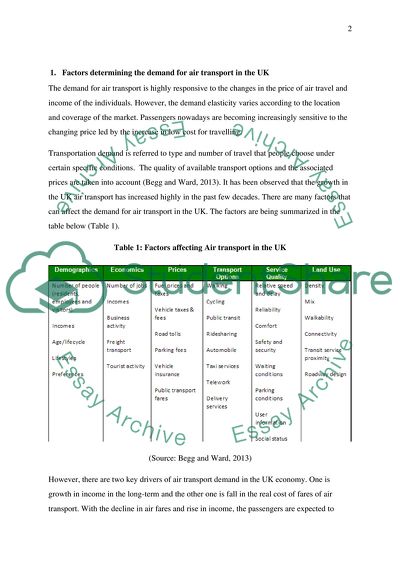Cite this document
(“Air Transport in the UK Essay Example | Topics and Well Written Essays - 1500 words”, n.d.)
Air Transport in the UK Essay Example | Topics and Well Written Essays - 1500 words. Retrieved from https://studentshare.org/macro-microeconomics/1701603-air-transport-in-the-uk
Air Transport in the UK Essay Example | Topics and Well Written Essays - 1500 words. Retrieved from https://studentshare.org/macro-microeconomics/1701603-air-transport-in-the-uk
(Air Transport in the UK Essay Example | Topics and Well Written Essays - 1500 Words)
Air Transport in the UK Essay Example | Topics and Well Written Essays - 1500 Words. https://studentshare.org/macro-microeconomics/1701603-air-transport-in-the-uk.
Air Transport in the UK Essay Example | Topics and Well Written Essays - 1500 Words. https://studentshare.org/macro-microeconomics/1701603-air-transport-in-the-uk.
“Air Transport in the UK Essay Example | Topics and Well Written Essays - 1500 Words”, n.d. https://studentshare.org/macro-microeconomics/1701603-air-transport-in-the-uk.


